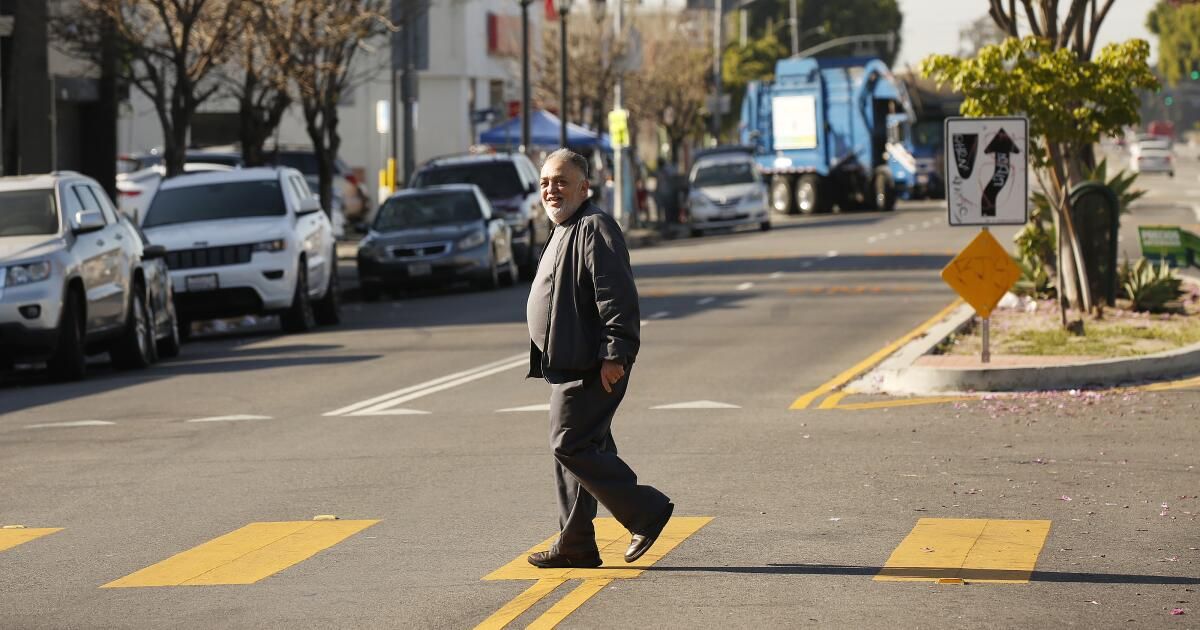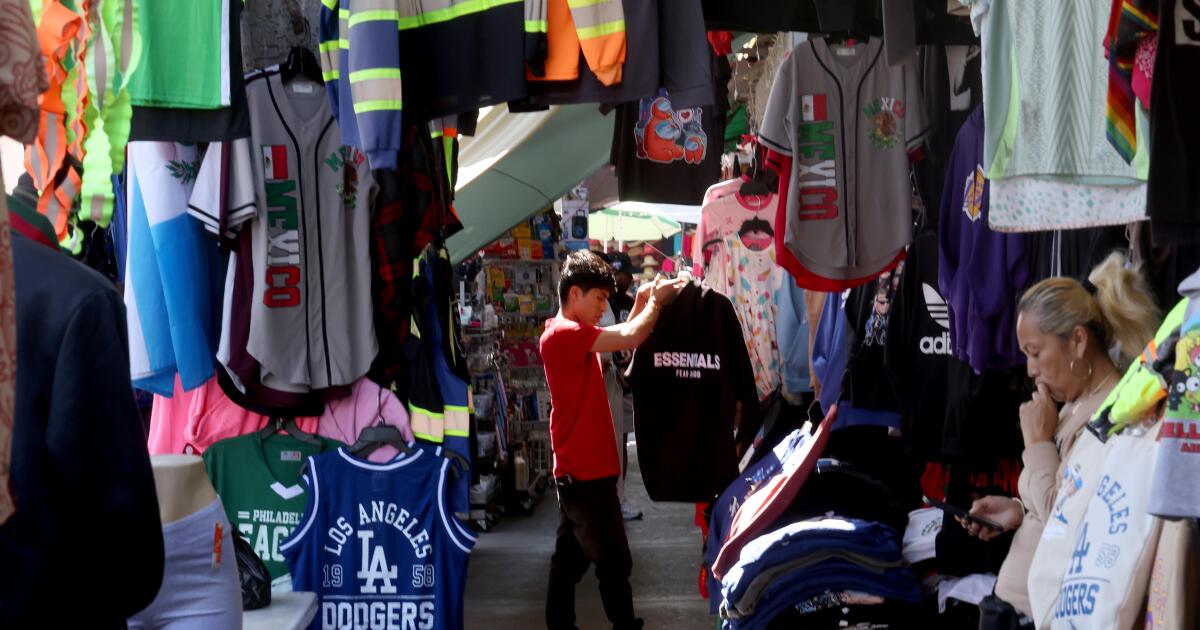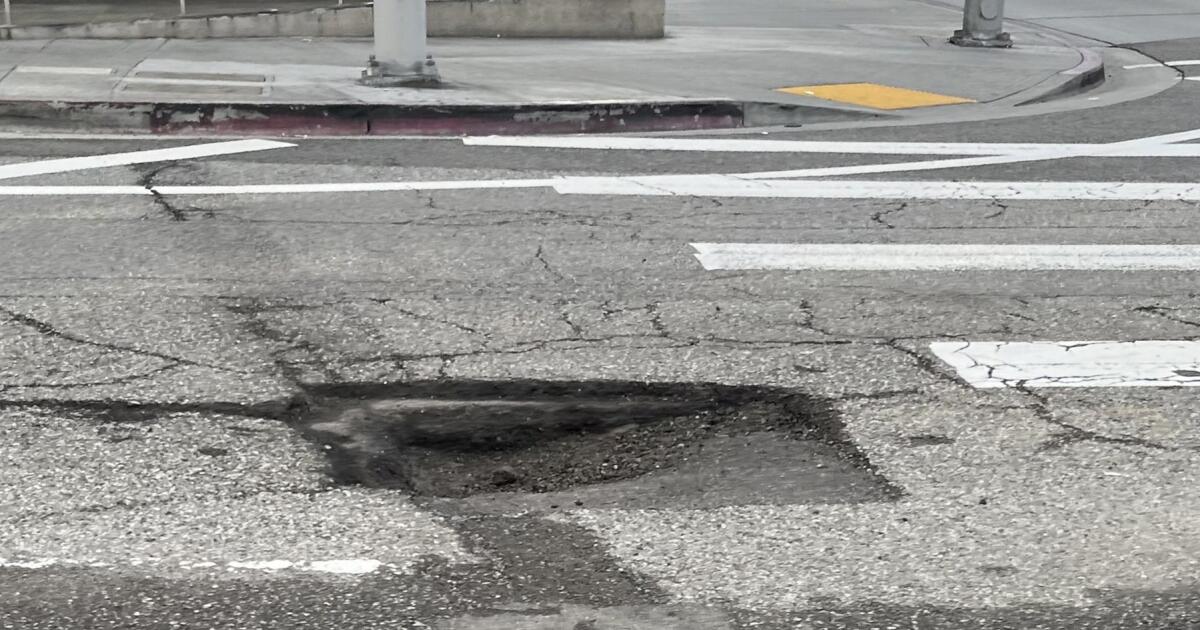The sharp increase in the number of Angelenos killed or seriously injured in traffic collisions should worry anyone traveling the city's streets. Last year, 336 people died in car accidents, more than in any of the last 20 years. There were more deaths in traffic accidents than homicides.
However, instead of working to help solve this crisis, some of the city's most powerful interests are trying to sabotage efforts to make streets safer for pedestrians, cyclists and, yes, even drivers. The target is Measure HLA on the March 5 ballot, which would require the city to follow its own mobility plan and build on the street, bike, bus and pedestrian safety improvements established nearly a decade ago by the City Council and then-mayor Eric Garcetti. .
But even though the projects have been on the books for years, last week the city's top budget official released a questionable new $3.1 billion estimate for the plan, while the union representing the city's firefighters He stated that making streets safer will slow down emergency response times. .
It's a form of fear mongering designed to scare Angelenos into voting against the measure. But what's really scary is that Los Angeles leaders could have started building a more walkable, bikeable, and transit-friendly sustainable city years ago and maybe avoided some of the recent deaths. They had the plan to make the streets safer, but they didn't make it a priority. That is why the HLA Measurement is necessary.
It is worth taking a closer look at the arguments of the United Firefighters of Los Angeles, who are funding an opposition campaign against Measure HLA. Union leaders said projects like bike and bus lanes, which sometimes require removing a lane for cars, could make it difficult for fire trucks to navigate through traffic to receive fire or medical calls.
It's possible, which is why the Mobility Plan requires the fire department to review individual proposed changes to traffic lanes. but the plan environmental impact report found that redesigning streets would actually help emergency response by adding center left-turn lanes and bus lanes, allowing ambulances and fire trucks to quickly pass through car traffic.
And if the Mobility Plan is not implemented and people do not have safe and convenient options to walk, bike, and take public transportation, traffic congestion in Los Angeles will only get worse. That would make it even more difficult for emergency services to travel around the city.
The HLA Measure is a fairly modest proposal. It does not set a deadline for the projects and only requires the city to add bike lanes, bus lanes or other traffic solutions outlined in the Mobility Plan when more than one-eighth of a mile of street is repaved.
Supporters of Measure HLA, including business groups like BizFed and the Valley Business and Industry Association, say it's a smarter use of taxpayer money. When city crews have to repaint stripes when repaving a street, time and funds are saved by re-striping according to the Mobility Plan.
That's why City Administrative Officer Matt Szabo's latest $3.1 billion cost projection looks wildly inflated. His report suggested it would cost $1.76 million per mile to add a bike lane on a street. That's nine times what the city currently spends per mile on bike lanes, according to StreetsblogLA.
Councilman Bob Blumenfield, chairman of the City Council's budget committee, was skeptical of the projection and pointed out several erroneous assumptions, including imposing an artificial 10-year timeline on projects and the need to replace every inch of sidewalk when upgrading streets for pedestrians.
Nowhere in the CAO report was there an assessment of the price for not implementing the Mobility Plan. The economic cost of traffic deaths in Los Angeles in 2023 alone was $3.9 billion, considering the value placed on human life. Additionally, the city often faces legal liability for failing to urgently address unsafe street conditions.
How many more people will die unnecessarily simply trying to cross the street or ride a bike if the Los Angeles Mobility Plan languishes for another decade?
Los Angeles can have safer streets. Passing the HLA Measurement is how we get them.












